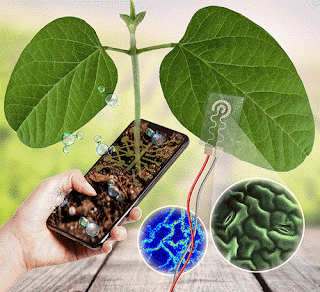BionicSwift | The World's Most Advanced Robot Bird
They are agile, nimble and can even fly loops and tight turns: the BionicSwifts. The five artificial swallows can move in a coordinated and autonomous manner in a defined airspace by interacting with a radio-based indoor GPS.
With a body length of 44.5 centimetres and a wingspan of 68 centimetres, the bionic birds weigh just 42 grams.
During the wing upstroke, the individual lamellae fan out so that air can flow through the wing. This means that the birds need less force to pull the wing up. During the downstroke, the lamellae close up so that the birds can generate more power to fly. Due to this close-to-nature replica of the wings, the BionicSwifts have a better flight profile than previous wing-beating drives.
The bird’s body contains the compact construction for the wing-flapping mechanism, the communication technology, the control components for wing flapping and the elevator, the tail. A brushless motor, two servomotors, the battery, the gearbox as well as various circuit boards for radio, control and localisation are all installed in a very small space.
Radio-based indoor GPS with ultra wideband technology (UWB) enables the coordinated and safe flying of the BionicSwifts. For this purpose, several radio modules are installed in one room. These anchors then locate each other and define the controlled airspace. Each robotic bird is also equipped with a radio marker. This sends signals to the anchors, which can then locate the exact position of the bird and send the collected data to a central master computer which acts as a navigation system.
This can be used for route planning, so that preprogrammed routes give the birds their flight path. If the birds deviate from their flight path due to sudden changes in environmental influences such as wind or thermals, they immediately correct their flight path themselves and intervene autonomously in this situation – without a human pilot. Radio communication enables exact position detection even if visual contact is partially hindered by obstacles. The use of UWB as radio technology guarantees safe and trouble-free operation.







Comments
Post a Comment